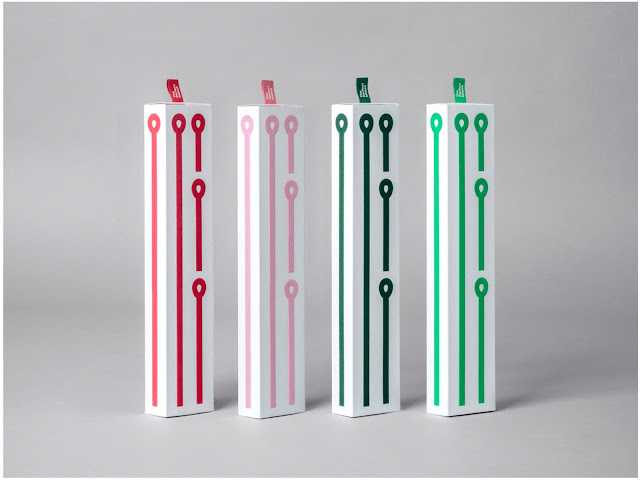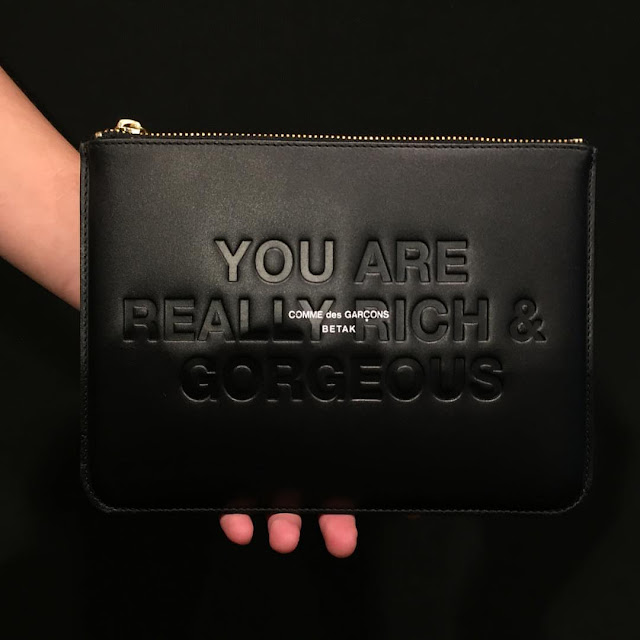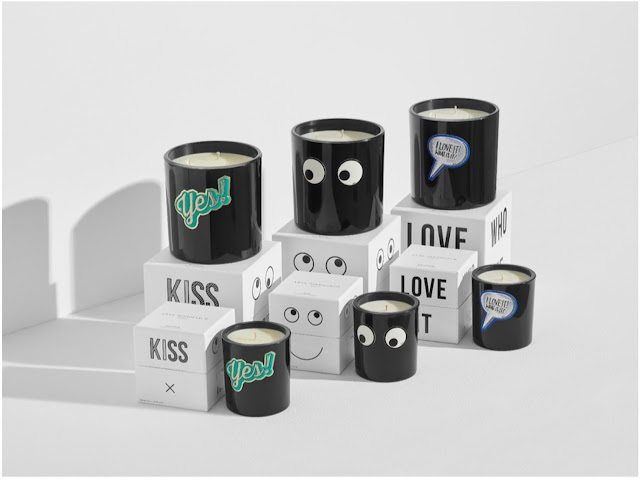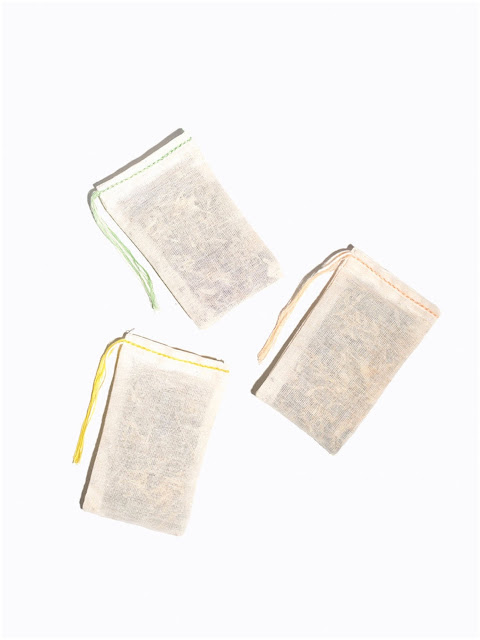Born in Scotland and raised in Trinidad and Tobago and Canada, Peter Doig is a
longtime favourite of ours largely because he uses Trinidad, his current home, as the setting for many of his paintings. He depicts life there as he interprets it: one where metaphorical wild animals such as lions and snakes roam the streets and interact with the population. Doig is currently exhibiting works in oil, charcoal, pencil and ink on paper at the Michael Werner Gallery in London, his first exhibition of new works in London since 2012. The collection includes a mix of new and older pieces in various sizes. Several themes are repeated and many of the works appear to be studies in varying degrees of completion. At first viewing, the exhibition does not appear to be an exuberant one by any means in spite of the bright colours used by Doig, but this impression is superficial at best as components of danger, sex and violence can be found throughout.
The prowling lion in '
Rain in the Port of Spain (White Oak)' is seen guarding the prison in Port of Spain with its acid yellow walls, deep green doors and barred windows as the ghostly form of a man strolls nearby. A well-known landmark - the Lighthouse in Port of Spain - stands sentinel behind them. The lion reoccurs in its more recognisable form as the Lion of Judah draped in the colours red, gold and green in several of the works including '
Lion Frederick Street', where the body of the lion appears to be superimposed on that of one of the dogs that can often be found roaming the capital in packs.
In the painting '
Red Man (Sings Calypso)', an image of film star Robert Mitchum, who spent time in Trinidad and in 1957
released an album of calypsos, takes centre stage complete with a colossus-like wide-legged stance, while a blue man wrestles with a snake on the ground behind him. The bather shows up in several pieces of varying sizes, each with slight colour variations and differing amounts of detail. There is also a series featuring a disembodied head floating in the water, some with hollow, unseeing eyes. The head first appeared in an seemingly unfinished study from 2007 entitled '
Tanker (Figure in Water)'. In another, an old man in a cowboy hat plays a Cuatro, a small, four-stringed instrument originally brought to the island by Spanish settlers. The figure turns out to be that of the late calypsonian Embah, a friend and source of inspiration of Doig's and fellow artist Chris Ofili, the latter of whom also featured Embah in several of his recent works.
In '
Carnival Hat', a young man stands with his back against the yellow wall of the prison, his shoulders drooping and a bottle dangling from the fingers of one hand. From a distance, his posture could be read as one of abject hopelessness and despair but on closer inspection several clues completely transform the image to one of defiance: the head of the man's penis can be seen protruding from his trousers as he urinates on the pavement in front of his feet, the arc of the yellow stream partially camouflaged by the colour of the wall.
'
Figures at Night' features skeletal trees silhouetted against an inky black night sky while '
Two Trees' shows a gathering of young men by the sea. One man is incongruously outfitted in a hockey uniform complete with helmet while another holds a video camera pointed towards the central figure whose eyes are downturned. The scene is intended to convey one of violence and ambivalence so often felt in the face of unfolding tragedy in the age of social media. Another work is of an amorphous, monstrous figure without any true discernible features but bloody hands, his hulking form emitting a feeling of fear and intimidation. This figure reappears in '
Chopped Hand' where the man stands in the shadow of the prison walls, red blood pouring from his arm, all under the unflappable gaze of the lion.
There are also suggestions of sexuality throughout the exhibition. '
Enter the Dragon' recalls the garden of Eden with a serpent-like being, head turned, whispering in the ear of a nude woman. There is the barely rendered couple engaging in sexual congress against the prison wall in '
Street Scene' while the prancing lion stands guard, the woman reclining on the beach apparently self-pleasuring herself, the couple locked in a public embrace, and the nude woman dancing suggestively under a banner that proclaims her to be "Tusty" - a colloquialism for someone who is sexually desperate.
Peter Doig's exhibition at the Michael Werner Gallery in London continues until February 17.





















